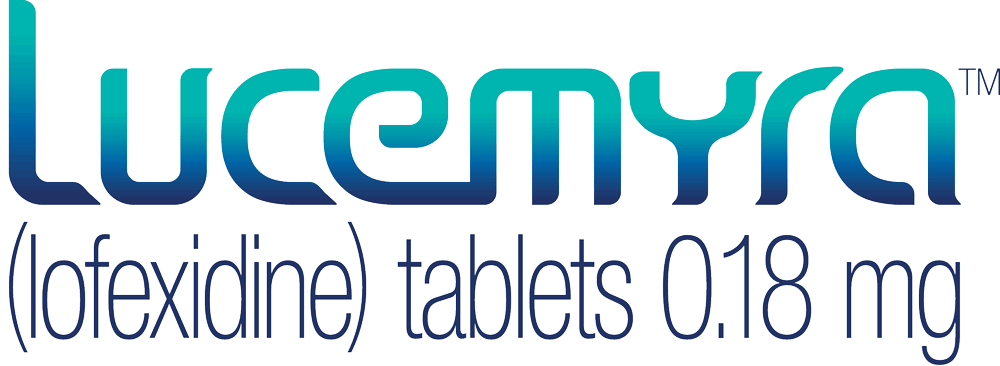Lucemyra
FAQ - Frequently Asked Questions

LUCEMYRA is a non-opioid prescription medicine used in adults to help with the symptoms of opioid withdrawal that may happen when you stop taking an opioid suddenly.
LUCEMYRA will not completely prevent the symptoms of opioid withdrawal and is not a treatment for opioid use disorder.
LUCEMYRA Questions
Lucemyra is taken to temporarily mitigate the symptoms of opiod withdrawal. This makes the user more likely to get through withdrawal without using the drug. It also decreases some medical risks associated with the opioid withdrawal symptoms. It is important to note that Lucemyra does not eliminate the symptoms of opioid withdrawal completely.
There are currently no limitations on what class of physicians can prescribe Lucemyra. Discuss the possibility of taking Lucemyra with your Primary Care Physician in conjunction with a treatment plan.
The active ingredient in Lucemyra is lofexidine, a medication that is usually used to treat high blood pressure.
Lucemyra helps to adjust the balance of norepinephrine in the areas of the brain that cause withdrawal symptoms.
Lucemyra helps to reduce some of the most common symptoms of opioid withdrawal, including insomnia, muscle tension, runny eyes, body aches, rapid heart rate, chills, body aches, yawning, muscle spasms, nausea, and stomach cramps.
Yes, Lucemyra can be safely taken with Suboxone.
It is dangerous to mix Lucemyra with opioids as both medications are considered central nervous system depressants. Therefore is recommended to use extreme caution.
The most common side effects of Lucemyra include: Low blood pressure of symptoms of low blood pressure such as lightheadedness, slow heart rate, dizziness, sleepiness, and dry mouth.
There is no significant data on the safety or effectiveness of taking Lucemyra while pregnant. Ask your physician first if you are pregnant or are thinking of becoming pregnant.
No, Lucemyra is not a cure for addiction. It is intended only for the temporary mitigation of the physical withdrawal symptoms of opioid addiction.
Lucemyra is currently only approved for use in adults.
Follow the instructions for using Lucemyra as it is prescribed to you by your doctor. You should never take Lucemyra for more than two weeks, and you should never stop taking it suddenly. Your doctor will explain how to taper from Lucemyra.
Methadone, buprenorphine and naltrexone are used in Medication-Assisted treatment for long term opioid use disorder treatment. It’s important to remember the Lucemyra is approved only for long-term opioid withdrawal management and is not a treatment for opioid use disorder.
When taken as prescribed Lucemyra can help prevent a relapse.
Lucemyra helps with the withdrawal symptoms of opioids, including but not limited to: codeine, Demerol, Dilaudid, Fentanyl, heroin, hydrocodone (Vicodin), methadone, morphine, oxycodone (Percocet), and Tramadol.
Lucemyra can be taken with or without food.
Lucemyra is not a controlled substance.
